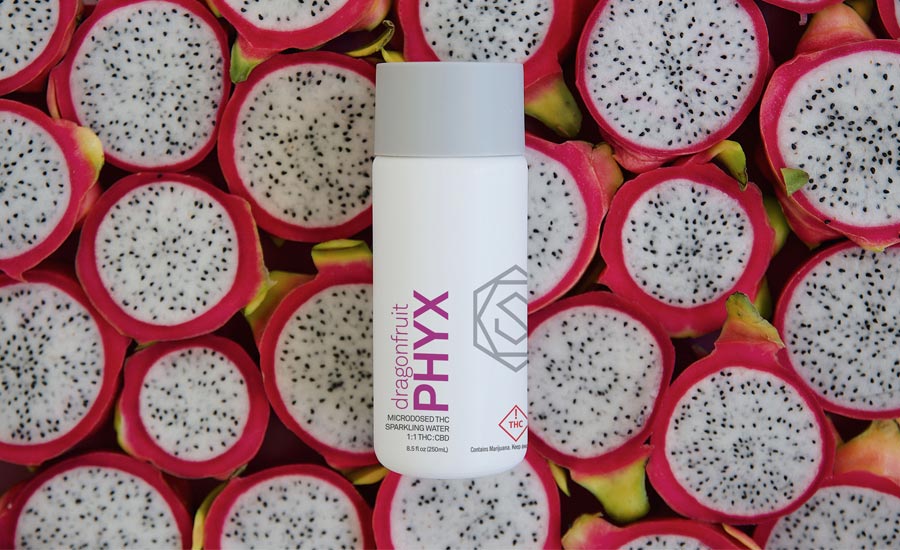When it comes to cannabis consumption, sometimes less is more.
For some consumers, low doses—lower than the traditional 10 mg tetrahydrocannabinol (THC) per serving limit common to the industry—are enough to meet their needs, whether they’re exploring cannabis consumption, looking to responsibly enjoy a social occasion, or seeking other wellness benefits.
In 2018, BDSA, Boulder, CO, found California sales of low-dose and microdose products—defined as products offered in portions under 10 mg THC (often 5 mg or 2.5 mg per dose)—far outpaced sales of typical cannabis products, with 35 percent of consumers reporting they prefer low-dose edibles.
“Everybody just accepted that 10 mg was supposed to be a serving, but 10 mg can be too much for a lot of people, and especially for a first time,” says David Hand, director of extraction, Coda Signature, Denver. But lower-dosage products aren’t just for newcomers. “As more people get educated, I think they’re realizing they don’t have to have that big piece or that whole chocolate bar anymore.”
Edibles manufacturers continue to introduce low-dose products, not only to ease expansion into new states and markets, but also to appeal to and support a variety of cannabis consumers.
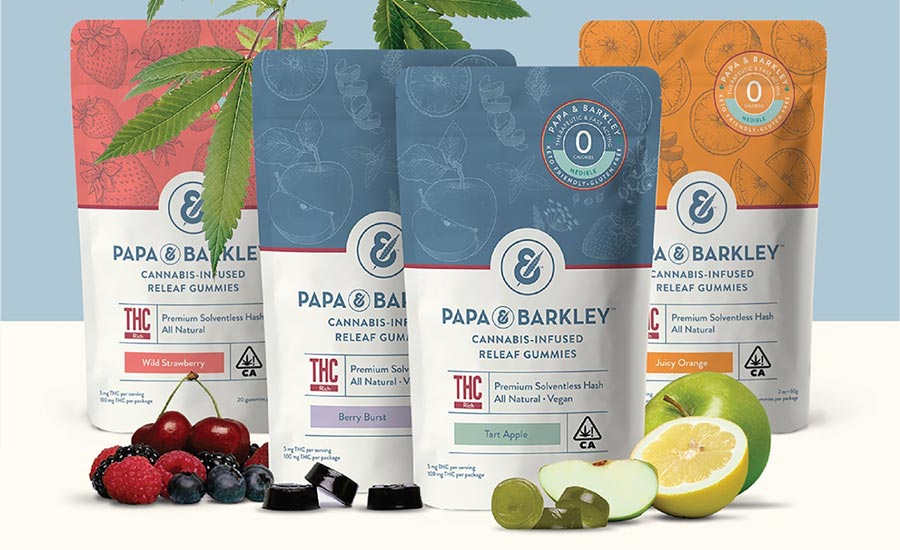
courtesy of Papa & Barkley
WHY MICRODOSING?
With onset times that are typically longer than inhalable products, cannabis edibles consumers—especially first-timers—are encouraged to “start low and go slow” with THC. Standard doses are typically 10 mg, but traditional recommendations have suggested starting with 2.5 or 5 mg first, and then waiting at least two hours for the effects to set in, though ingredient suppliers have found ways to offer quicker onset times for some newer products.
Products or pieces with 5 mg or fewer allow new cannabis consumers to test how they interact with the dose, as well as offering convenient portions for consumers who already know what they need, says Ari Mackler, chief science officer, PLUS Products, San Mateo, CA. “We have certainly seen both new and experienced consumers alike incorporating microdosing into their routines,” he says. “For newer consumers, trying cannabis products at low doses allows them to find the right balance. However, for experienced consumers, microdosing is often used both as a way to create consistency in their experiences, as well as convenience.”
Microdosing is also ideal for a variety of consumption occasions, from gently promoting relaxation and sleep to enhancing social gatherings.
Daniel Gardenswartz, CFO/COO, Spherex, Aurora, CO, says the company’s PHYX sparkling water is designed for consumers who want to enjoy themselves in a controlled manner. Containing 2.5 mg of THC and 2.5 mg of CBD per 8.5-oz. bottle, consumers feel the effects in 10 minutes, and the experience ends in an hour.
“You can go to a happy hour after work, have two glasses of wine, and you’re probably not good to drive for awhile,” says Gardenswartz. “That’s not what we were trying to achieve. We were trying to achieve something that can be enjoyed safely in social environments and not have adverse impacts that other things like alcohol bring to the table.”
PLUS Products offers gummies that target three intended outcomes: Balance, Unwind, and Uplift. Each piece has ratios of THC and CBD totaling no more than 6 mg.
“We saw that consumers are largely shopping for cannabis based on the need state they are looking to satisfy,” Mackler says. “This system allows consumers to more easily shop the gummy category. At the end of the day, everyone is different, so this gives consumers a chance to test different products or combinations of products to find their ‘just right.’”
As for who microdoses, Mackler pointed to two specific demographics PLUS Products has encountered: young professionals and the “Chardonnay Mom,” or mothers who seek stress relief at the end of a long day.
Low-dose edibles can also serve consumers looking for products developed with a culinary approach. Cresco Labs, Chicago, relaunched its Mindy’s gummies line this year to feature flavors inspired by fresh produce from California farmers’ markets. Available in 2 mg and 5 mg pieces, they’re made with distillates free of terpenes and flavor components, says Stephanie Gorecki, VP of product development. “Mindy’s is a flavor-forward product that we developed to take customers on a flavor journey,” she says. “In doing so, these products are not cannabis-forward.”
This spring, Coda Signature launched three varieties of its Fruit Notes gummies featuring 5 mg of THC per piece: Mango & Chile Lime, Kiwi & Watermelon, and Cherry & Sarsaparilla. Hand says they’ve been “flying off the shelves.”
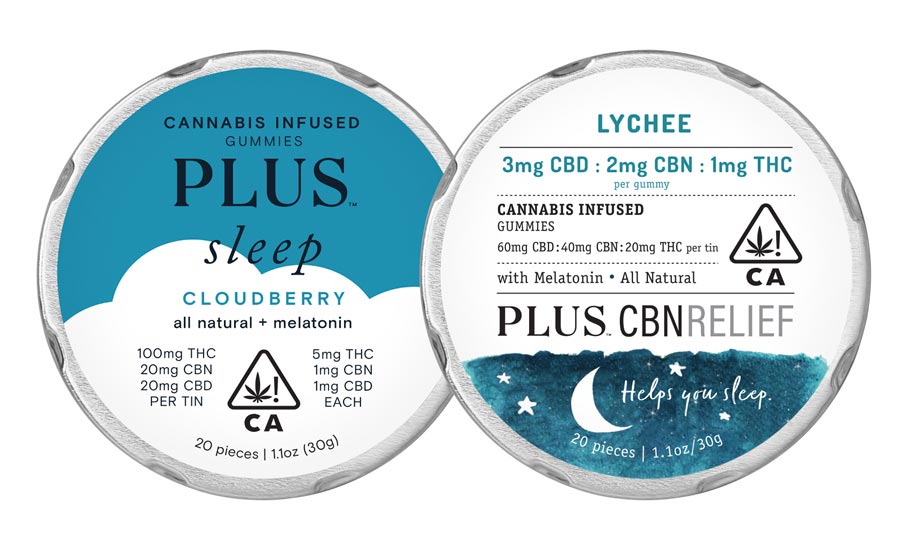
courtesy of PLUS Products Wonders
TECHNICAL CONSIDERATIONS
Developing low-dose products with precise, replicable formulas can help edibles manufacturers strategically expand into new state markets, Gorecki says, pointing to the 2 mg and 5 mg Mindy’s pieces. “It works across different states, and we can have this product the same in each and every state because we’re well below that cap on the milligram per serving compliance regulation,” she says.
However, working with low doses of cannabinoids leaves little margin for error. For example, in states that allow a 10 percent dose variance, a 100 mg package can legally contain between 90 mg and 110 mg THC. On a 1 mg piece, the compliance range is narrow—between 0.9 mg and 1.1 mg.
“The lower you get on that dosing, the more accurate your infusion has to be in order to deliver a precisely dosed microdosed edible,” Gorecki says.
Manufacturing equipment with proper controls can help achieve uniform, precise products. High-shear dispersion mixers create stable cannabis emulsions and evenly disperse cannabis oil throughout the product, Gorecki says.
Gardenswartz notes Spherex invested in a bottling system for its PHYX brand that manages quality control throughout the manufacturing process, including ingredient dispersion, mixing, and filling.
Additionally, using high-performance liquid chromatography (HPLC) and other methods to test potency and homogeneity throughout production is critical to creating consistent products. “The homogeneity testing on top of the potency testing can really show you if your process is dialed in or not,” Hand says.
Another factor to consider, regardless of whether or not the product has high (for medical products), standard, or low doses, is how pronounced developers want the cannabis flavor. A full- or broad-spectrum extract will offer more terpenes than an isolate, says Mike Schmitt, technical project manager, SōRSE Technology, Seattle. “When formulating a product, you definitely have to keep those differences in mind,” he says.
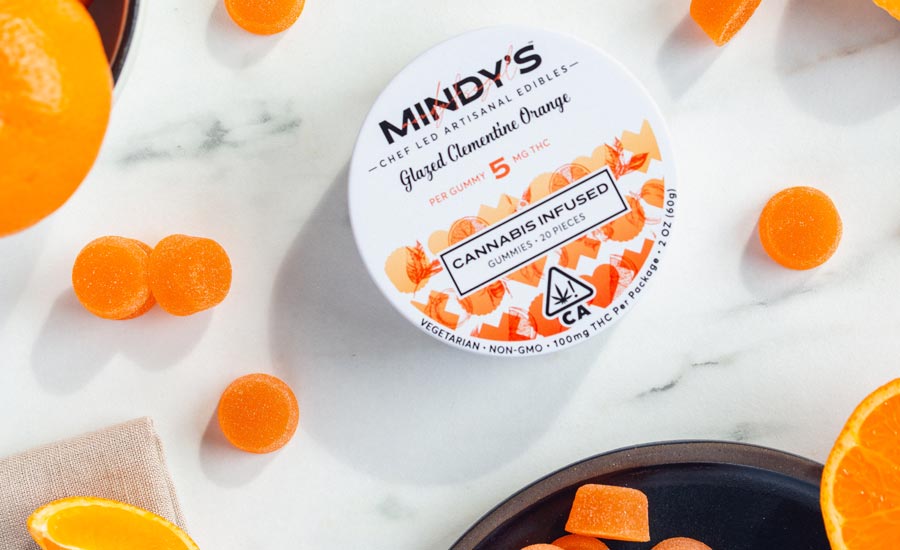
courtesy of Cresco Labs
LOW-DOSE INNOVATIONS
More-restful sleep is the top benefit consumers who prefer edibles seek from cannabis products, according to a survey BDSA conducted in the first quarter of 2020. To meet that need, edibles manufacturers are introducing low-dose, sleep-focused products featuring cannabinol (CBN), a rare cannabinoid found to promote rest and relaxation.
In January, Kiva Confections, Oakland, CA, added Midnight Blueberry (Sleep) to its portfolio of Camino gummies. Featuring 5 mg of THC and 1 mg of CBN, they’re formulated with linalool and beta-caryophyllene to reduce stress, myrcene to increase the speed and intensity of the effects, and lavender and chamomile.
PLUS Products also launched two varieties of sleep gummies: PLUS CBNRelief Lychee and PLUS Sleep Cloudberry. The CBNRelief gummies feature 3 mg CBD, 2 mg CBN, 1 mg THC, and 0.5 mg melatonin. The PLUS Sleep Cloudberry gummies include 5 mg THC, 1 mg CBN, 1 mg CBD, and 0.5 mg melatonin for those seeking more THC.
Sleep is also addressed through one of Cresco Labs’ newest brands, Wonder Wellness Co., which offers low-dose, approachable cannabis forms that are simple to use and easy to understand. Tablets are also available for two other mood states: Laugh and Relax.
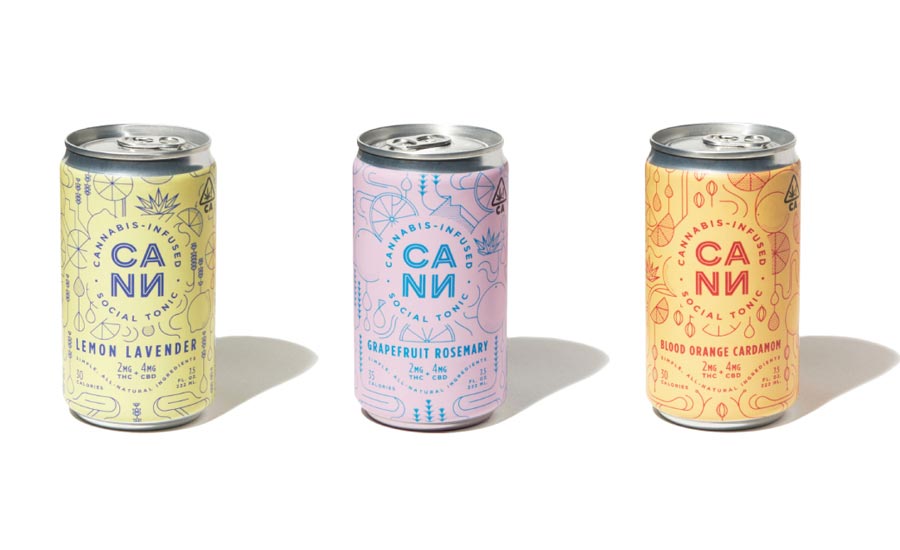
courtesy of Cann
Some consumers of low-dose edibles seek products that meet their dietary needs. In July, Papa & Barkley, Eureka, CA, introduced Releaf Gummies, the company’s first line of edible products. Sweetened with allulose, they’re sugar-free, gluten-free and keto-friendly. They’re also formulated with solventless hash-infused coconut oil, with each piece containing 5 mg of THC. Two available flavors are vegan—Berry Burst and Tart Apple—while the other two, Juicy Orange and Wild Strawberry, are made with gelatin.
“Releaf Gummies are the only wellness gummies in California’s cannabis market designed for consumers with dietary preferences or restrictions, including athletes or individuals with health conditions that require a healthy diet,” says Guy Rocourt, co-founder and chief products officer, Papa & Barkley. “We partnered with Patricia Jones, the founder of Sistah’s Vegan, a black-owned business in our hometown of Eureka, to develop the vegan flavor profiles. From there, we created two additional fruit flavors using the same focus on health and clean ingredients.”
Increasingly, cannabis brands are adding botanicals to their food and beverage products to elevate flavor profiles and offer added benefits. Cann Social Tonic, powered by SōRSE, features 2 mg THC and 4 mg CBD per 8-oz. can. Available varieties include Grapefruit Rosemary, Lemon Lavender, and Blood Orange Cardamom.
Schmitt emphasizes developing products that meet customer needs across the dosage spectrum. “Offering low-dose and standard-dose products is a great way for a company to widen their market and their consumer base,” he says. “Also, educating the consumer on the differences in dosing will allow for long-term enjoyment in the entire industry.”
This article was originally posted on www.cannabisproductsinsider.com.
